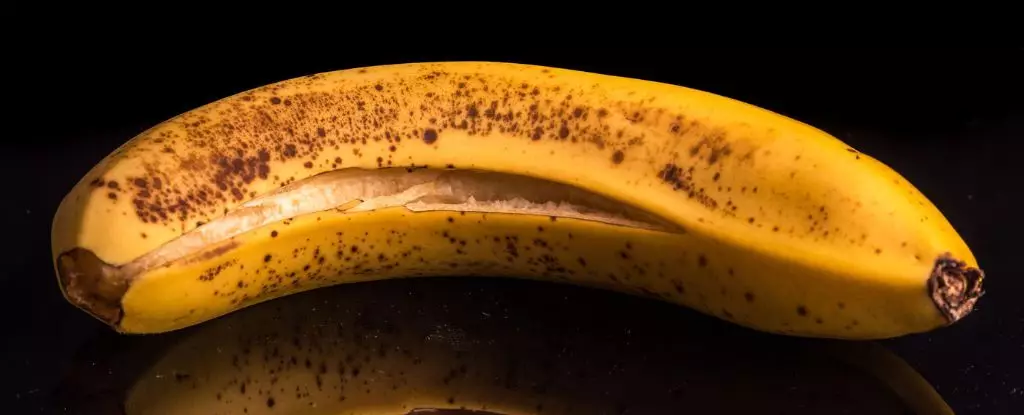In a world increasingly concerned with sustainability and mindful consumption, we must confront the overlooked aspect of our food: waste. One significant contributor to food waste is the banana peel, often discarded without a second thought. However, this seemingly useless byproduct is emerging as a nutritional powerhouse, ready to be incorporated into our diets in innovative ways. Instead of letting this resource go to waste, individuals can make informed choices that benefit both their health and the environment.
Recent research has opened the door to exciting culinary possibilities involving banana peels. When prepared properly through processes such as blanching, drying, and grinding, banana peels can be transformed into flour that serves as a healthy substitute in various baked goods. Studies reveal that banana peel flour contains higher levels of fiber, potassium, magnesium, and a range of antioxidants compared to conventional flour. This nutritional enhancement has the potential to revolutionize the way we view our baking and cooking ingredients.
Taste tests conducted on products made with banana peel flour have revealed surprising results. Participants reported their satisfaction levels with banana-infused sugar cookies being on par with those made from standard wheat flour. This discovery suggests that the incorporation of banana peels into our baked treats not only benefits our health but can also satisfy our cravings for delicious flavors.
Despite the notable advantages, it’s crucial to approach the use of banana peel flour with care. Utilizing an excessive amount may lead to unappetizing results—cookies that are somewhat tough and overly brown due to high fiber content. However, balancing the flour with a 7.5 percent banana peel blend has proven to yield cookies that are more appealing in taste and texture. Moreover, these products exhibit remarkable shelf stability, remaining fresh for an impressive three months at room temperature.
The inquiry into banana peel flour’s applications doesn’t stop at cookies; various baked goods, including breads, cakes, and pastas, stand to benefit from its integration. For instance, a recent investigation highlighted that cakes made with banana peel not only gain a natural yellow hue but also receive a substantial nutritional boost. By substituting just 10 percent of traditional flour with banana peel flour, we can increase the overall protein, fat, and carbohydrate content of the finished product. These findings signify the importance of reconsidering our culinary practices to include parts of fruits we’ve long deemed unusable.
The culinary versatility of banana peels doesn’t end with baking. Renowned chefs and vegan cooking aficionados alike have explored ways to incorporate these peels into savory dishes. Celebrity chef Nigella Lawson has utilized banana peels in traditional curries, while the vegan community has popularized creative alternatives like banana peel “bacon” and even pulled peel “pork.” These dishes not only showcase the unique flavors inherent in banana peels but also encourage a shift toward more sustainable eating habits.
Beyond enriching our culinary repertoire, embracing banana peels could significantly mitigate food waste. Notably, the peel constitutes roughly 40 percent of a banana’s weight, yet it is often overlooked in our quest for nourishment. Harnessing the nutrients found in banana peels may pave the way for innovative cooking practices that reduce reliance on conventional ingredients while maximizing the nutritional profile of our meals.
The health benefits tied to banana peels could offer an added advantage, as studies indicate their ability to improve the overall shelf life of certain food products due to their antioxidant and antimicrobial properties. This suggests that incorporating banana peels could lead us toward more sustainable food storage solutions.
The humble banana peel holds untapped potential as both a healthful ingredient and a sustainable choice in our kitchens. As we become more conscious of our food consumption habits, we must take strides to utilize every part of the ingredients we buy. By embracing the nutritional benefits of banana peels, we enrich our diets while contributing to the fight against food waste. So the next time you peel a banana, think twice before tossing that skin; your palate and the planet may just express their gratitude.


Leave a Reply